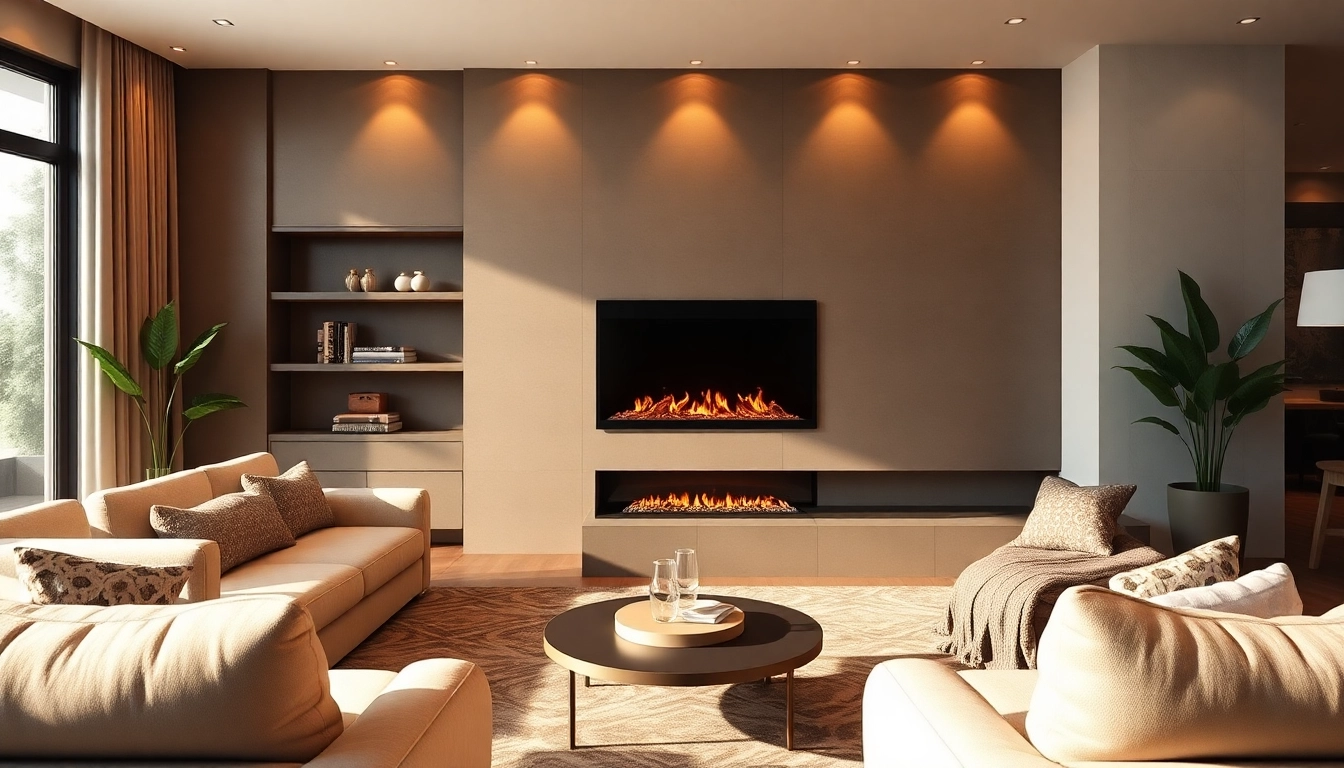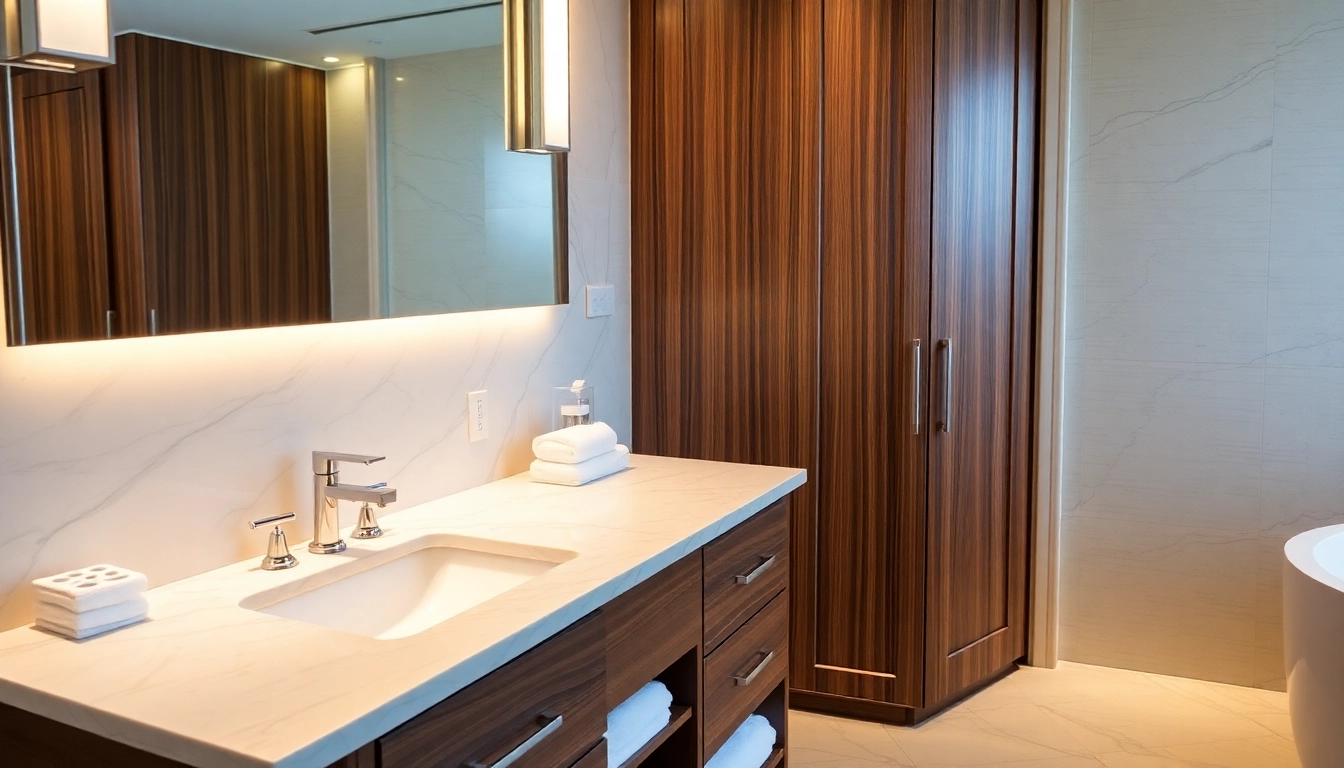What is a Water Vapor Fireplace?
A water vapor fireplace is an innovative home heating solution designed to create the illusion of real flames without the use of combustion. Utilizing ultrasonic technology, these fireplaces produce a water vapor mist that is illuminated by LED lights to mimic the flickering appearance of fire. They serve as appealing decorative elements in interior design while offering various benefits compared to traditional heating methods. Many homeowners have turned to the water vapor fireplace as a stylish and functional alternative for year-round ambiance.
Understanding the Technology Behind Water Vapor Fireplaces
Water vapor fireplaces operate through a sophisticated mechanism that involves an ultrasonic transducer. When activated, the ultrasonic transducer vibrates at a high frequency, creating a fine mist from water taken from an internal reservoir. The key to simulating flames lies in the inclusion of colored LED lights, which shine through the vapor, producing a mesmerizing flame-like effect that can be enjoyed safely around children and pets.
Some water vapor fireplaces incorporate additional features, such as adjustable flame intensity and color-changing LEDs, offering users a level of customization that enhances the experience. These modern fireplaces often resemble traditional wood-burning or gas fireplaces, making them versatile choices for various home aesthetics.
Key Benefits of Water Vapor Fireplaces
- Safety: Since water vapor fireplaces do not produce real flames or heat, they eliminate the dangers associated with traditional fireplaces, such as fire hazards and burns.
- Energy Efficiency: These appliances consume far less energy than gas or wood-burning options, making them eco-friendlier and economical.
- Ease of Installation: Water vapor fireplaces can be installed without the need for a chimney, flue, or vent, allowing for greater flexibility in placement within the home.
- Low Maintenance: With no ash or soot to clean, maintenance of water vapor fireplaces is considerably easier compared to conventional fireplaces.
Comparing Water Vapor Fireplaces to Traditional Fireplaces
When evaluating different types of fireplaces, it’s essential to recognize the stark contrasts between water vapor models and traditional options. Traditional fireplaces—whether wood-burning or gas—rely on combustion, which can lead to issues such as emissions and heat loss. Here are some comparisons:
- Heat Output: While traditional fireplaces generate substantial heat, water vapor fireplaces are designed primarily for ambiance rather than warmth.
- Environmental Impact: Traditional fireplaces can emit harmful pollutants whereas water vapor fireplaces contribute to clean air quality.
- Installation Costs: Traditional units entail significant installation costs primarily due to the need for chimneys, along with ongoing maintenance expenses.
Safety Features of Water Vapor Fireplaces
Non-Combustible Flames: A Safe Choice for Families
One of the standout safety features of water vapor fireplaces is their non-combustible flame. This fire simulation does not involve actual combustion, which inherently reduces fire risks. Homeowners can enjoy the aesthetic appeal of flickering flames without the concerns associated to flames—making them particularly suitable for households with children and pets. Additionally, since they generate no real heat, there’s no risk of burns or other injuries, further emphasizing their family-friendly design.
Heat-Free Operation: Ideal for Small Spaces
The heat-free operation of water vapor fireplaces is especially beneficial for smaller living environments. Unlike traditional fireplaces that can overheat an area and necessitate expensive modifications for climate control, water vapor units provide visual allure without excess warmth. This feature makes them perfect for use year-round, as they can create ambiance during warm months without discomfort.
Maintenance and Care for Safe Use
Although water vapor fireplaces require less maintenance compared to traditional options, some upkeep is necessary. Users should regularly refill the water reservoir, usually every few days, depending on usage. Furthermore, cleaning the ultrasonic transducer and the water chamber every couple of weeks ensures the appliance operates efficiently and maintains high-quality vapor production. Ensuring proper maintenance is vital for optimal performance and safety.
Design and Aesthetic Appeal
Choosing the Right Style for Your Home
Water vapor fireplaces come in various styles to fit a multitude of interior designs, from modern to traditional. Homeowners should consider the existing aesthetics of their space when selecting a design. popular options include:
- Wall-Mounted: Perfect for smaller rooms, these fireplaces attach directly to the wall, maximizing floor space.
- Freestanding: These units can be placed anywhere in the home and are particularly adaptable to distinctive home layouts.
- Built-In: For those looking for a more integrated look, built-in options can offer a seamless focal point in a living area.
Customizable Features and Accessories
Many homeowners appreciate the customizable options available with water vapor fireplaces. Users can often choose the style and color of the flame display, as well as additional features like built-in sound effects—mimicking crackling flames. Accessories such as decorative screens or logs can complement the design. Customization allows homeowners to create a personalized environment that reflects their taste.
Incorporating Water Vapor Fireplaces into Interior Design
Integrating a water vapor fireplace into an existing design plan involves strategic placement to highlight it as a focal point. Homeowners can frame the fireplace with furniture or design elements like artwork or shelves. One popular trend is to use them in open concept spaces where their ambiance can be enjoyed from different angles. Moreover, they can function beautifully in outdoor settings, extending the patio’s usability.
Environmental Considerations
Eco-Friendly Benefits of Water Vapor Fireplaces
As climate-conscious decisions grow more prevalent in consumer choices, water vapor fireplaces are seen as eco-friendly substitutes for conventional heating methods. Since they produce no toxic fumes or harmful pollutants, these fireplaces help improve indoor air quality and reduce environmental footprints significantly. Furthermore, water vapor itself is a naturally renewable resource, meaning users can enjoy their fireplaces without depleting natural supplies.
Energy Efficiency and Cost Savings
The energy efficiency of water vapor fireplaces is another compelling reason to consider them. Unlike gas or electric options that consume significant energy during operation, water vapor models typically require minimal electricity to function, contributing to lower energy bills. Additionally, their low maintenance costs speak to long-term savings as users avoid issues related to chimneys, flues, or complex installations.
Reducing Carbon Footprint with Water Vapor Technology
By relying on water vapor technology, homeowners play a part in reducing their overall carbon footprints. The lack of emissions not only benefits the indoor atmosphere but also alleviates outdoor air pollution. For those seeking sustainable living environments, adopting water vapor fireplaces is a proactive step towards enhancing both home performance and environmental responsibility.
Frequently Asked Questions about Water Vapor Fireplaces
How Do Water Vapor Fireplaces Work?
Water vapor fireplaces create a realistic flame effect through the use of ultrasonic technology. When activated, water from a reservoir is transformed into vapor via high-frequency vibrations. The consequent mist is illuminated by LEDs to imitate burning flames, offering a stunning visual display without safety concerns associated with real flames.
What are the Limitations of Water Vapor Fireplaces?
While water vapor fireplaces offer a plethora of advantages, they do have limitations worth considering. For one, they do not produce significant heat, meaning they are primarily decorative additions rather than reliable heat sources. Additionally, they require electricity to operate, which may not be ideal for all home settings—particularly during power outages. Regular maintenance is another aspect to account for, as the water reservoir needs consistent refilling.
Are Water Vapor Fireplaces Suitable for Commercial Spaces?
Yes, water vapor fireplaces can be excellent additions to commercial spaces such as hotels, restaurants, and lounges. Their unique aesthetic appeal helps create inviting atmospheres, while the absence of real heat and flames allows for safe installations in crowded areas. Furthermore, their low maintenance needs mesh well with the demands typically seen in commercial settings.



